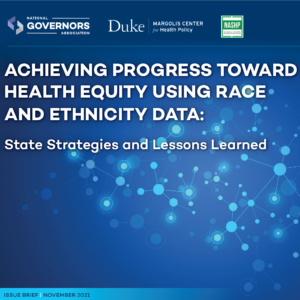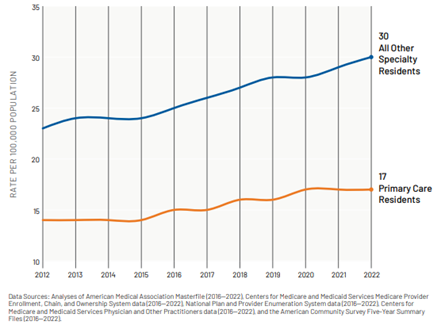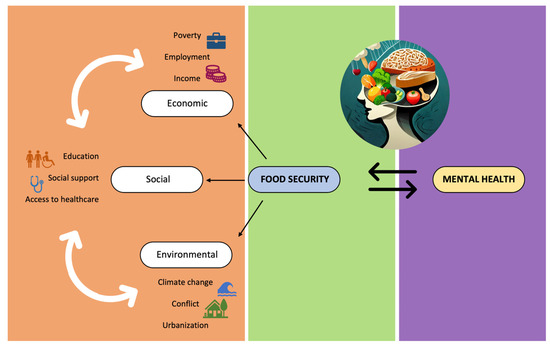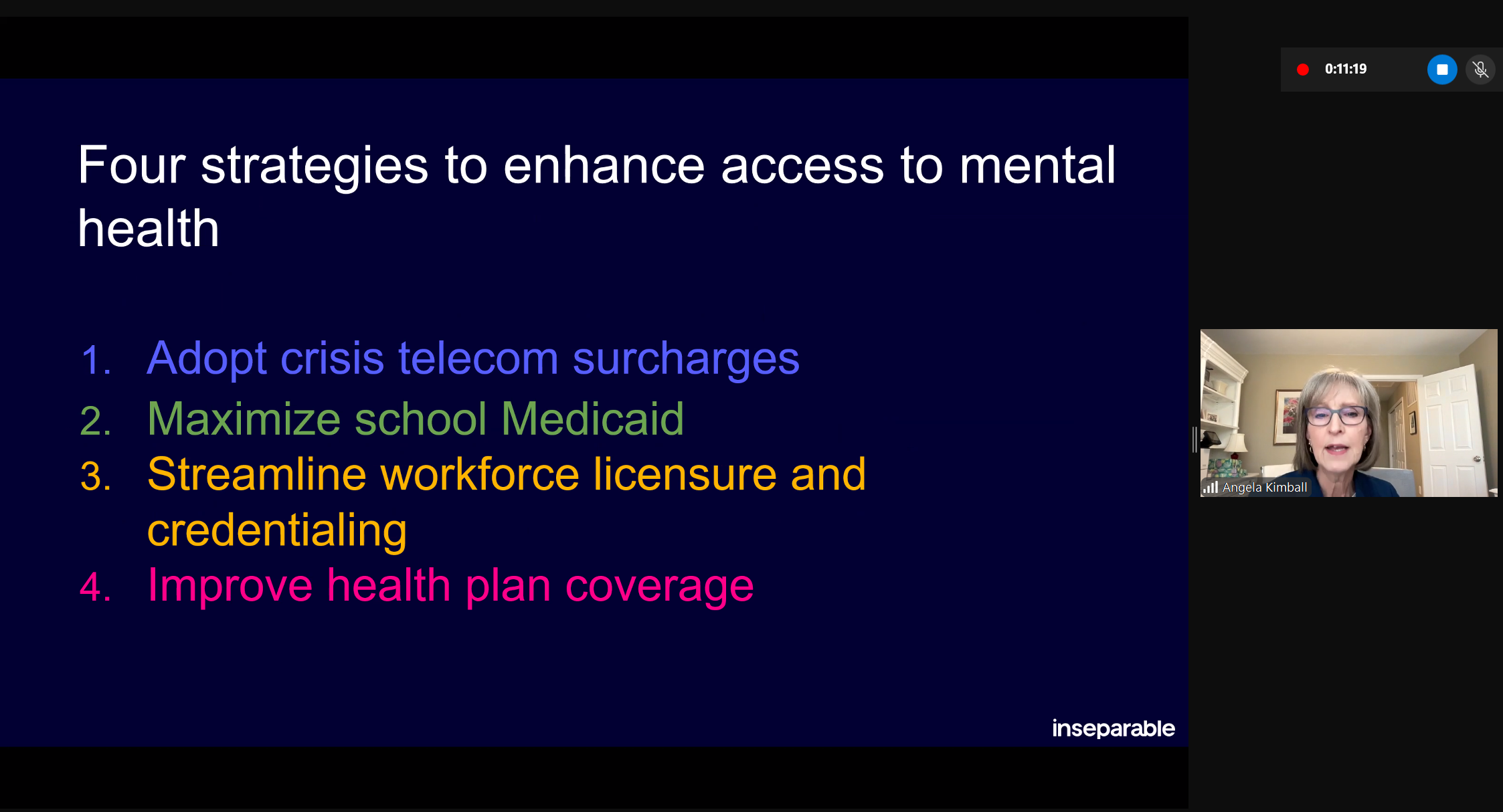By improving the availability of and reducing the inconsistencies with race and ethnicity data, states can better understand inequities exacerbated by COVID-19 and develop effective public health interventions.
Introduction
Race and ethnicity data are essential tools to identify and address health inequities. During the COVID-19 pandemic, race and ethnicity data revealed significant inequities across historically marginalized populations. Black, Latinx, American Indian and Pacific Islander populations experienced higher rates of exposure, hospitalizations and mortality. Similarly, data also exposed wide disparities in vaccination rates across racial and ethnic groups, particularly among Black and Latinx populations. Although some of these gaps have narrowed, more work is needed. States have made progress in collecting and reporting race and ethnicity data that has enabled the targeting of efforts and resources to communities. For example, the number of states reporting vaccine data by race and ethnicity increased from 17 states in January 2021 to 47 states in September 2021. This increase in public reporting of COVID-19 vaccine data by race and ethnicity data has informed state strategies to narrow racial and ethnic gaps in vaccination rates.
States have employed different strategies to collect and report race and ethnicity data during the pandemic. While the number of states reporting race and ethnicity data for vaccinations has increased, there remain gaps in the completeness and accuracy of these data. According to the Centers for Disease Control and Prevention’s COVID Data Tracker, race and ethnicity is missing for about 29 percent of fully vaccinated people across the United States. The CDC notes that missing data may result from inconsistencies in collecting race and ethnicity data at the time of vaccination, differences in electronic data programs across jurisdictions, and variations in policies or laws limiting reporting or sharing of demographic data. Similar challenges exist for cases and mortality data. Such missing data complicate the collective understanding of COVID-19’s impact among historically marginalized populations and limit efforts to improve health equity. With an increasing number of states committed to improving health equity and the availability of various funding streams—including funds from the American Rescue Plan Act—states can further achieve progress toward health equity by adopting promising strategies and incorporating lessons learned during the COVID-19 pandemic.
In June 2021, the National Governors Association Center for Best Practices, the Duke-Margolis Center for Health Policy, and the National Academy for State Health Policy co-hosted a virtual summit on data and health equity. The summit convened state leaders from 20 states to discuss challenges and strategies for collecting, reporting and using race and ethnicity data to improve health equity during and beyond the COVID-19 pandemic. This issue brief summarizes state strategies and experiences shared during the convening, as well as lessons learned during the COVID-19 pandemic.
Key Takeaways
- State leaders adopted various strategies to improve the collection and reporting of race and ethnicity data during the COVID-19 vaccine rollout. These strategies include setting up information systems that require or facilitate the collection of race and ethnicity data, adapting policies to facilitate data sharing, combining data from existing sources and systems to fill gaps, and providing incentives to providers and health plans to collect race and ethnicity data.
- State leaders suggested future opportunities to improve the collection and reporting of race and ethnicity data, including providing clear and consistent federal and state guidance on data collection and reporting requirements, adapting race and ethnicity categories to reflect state demographics, strengthening their data infrastructure, and partnering with other entities in the collection and use of these data. In addition, states emphasized the need to increase public trust and confidence in sharing race and ethnicity data with state and local governments for public health uses.
- States can use race and ethnicity data along with other measures and tools, such as the social vulnerability index and geographic information systems, to better understand health and social inequities in the context of the physical and social landscape. States can further understand these inequities by engaging community partners and soliciting their input to contextualize the data.
- To ensure sustainability and achieve systemic change, federal, state, and local leaders can create a vision for health equity, assess and measure their progress toward health equity, and engage communities experiencing significant health inequities throughout and beyond the current pandemic.
Authors
Duke-Margolis
- Yolande Pokam Tchuisseu
- Jeremy Jacobs
- Andrea Thoumi
NASHP
- Elaine Chhean
- Hemi Tewarson
NGA Center
- Shelby Hockenberry
Acknowledgements
The National Governors Association, the Duke-Margolis Center for Health Policy, and the National Academy for State Health Policy would like to thank the experts and state officials who attended our June summit on data and health equity and reviewed strategies contained in this white paper. The authors also thank Sweta Haldar (formerly with the National Governors Association), Ryan Martin and Mark McClellan for their contributions. Additionally, the authors thank the Robert Wood Johnson Foundation for their generous support for work on COVID-19 and equity, including this publication.
Recommended Citation Format
Pokam Tchuisseu Y, Jacobs J, Chhean E, Thoumi A, Tewarson H, Hockenberry S, (2021, November). Achieving Progress Toward Health Equity Using Race and Ethnicity Data: State Strategies and Lessons Learned. Washington DC: National Academy of State Health Policy, Duke-Margolis Center for Health Policy, National Governors Association Center for Best Practices













